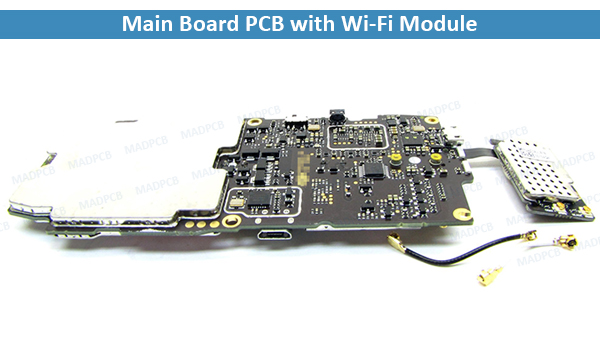Wi-Fi, sometimes called WiFi, is a family of wireless network protocols, based on the IEEE 802.11 family of standards, which are commonly used for local area networking (LAN) of devices and internet access, allowing nearby digital devices to exchange data by radio waves. These are the most widely used computer networks in the world, used globally in home and smaller office networks to link desktop and laptop computers, tablets, smartphones, smart TVs, printers, and smart speakers together and to a wireless router to connect them to the internet, and wireless access points in public places, like subway, hotels, libraries, airports and etc. to provide the public internet access for mobile devices.
Wi-Fi uses multiple parts of the IEEE 802 protocol family and is designed to interwork seamless with its wired sibling Ethernet. Compatible devices can network through wireless access points to each other as well as to wired devices and the internet. The different devices of Wi-Fi are specified by various IEEE 802.11 protocol standards, with the different radio technologies determining radio bands, and the maximum ranges, and speeds that may be achieved. Wi-Fi most commonly use the 2.4GHz (120mm) UHF (ultra-high frequency) and 5GHz (60mm) SHF (super-high frequency) radio bands; these bands are subdivided into multiple channels. Channels can be shared between networks but only one transmitter can locally transmit on a channel at any moment in time.
*Note: know more about UHF and SHF on the page of Frequency
Wi-Fi’s wavebands have relatively high absorption and work best for line-of-sight use. Many common obstructions such as walls, pillars, home applications, etc. may greatly reduce range, but this also helps minimize interference between different networks in crowded environments. An access point (or hotspot) often has a range of about 20 meters (66 feet) indoors whiles some modern access points claim up to a 150 meters (490 feet) range outdoors. Hotspot coverage can be as small as a single room with walls that block radio waves, or as large as many square kilometers (miles) using many overlapping access points with roaming permitted between them. Over time the speed and spectral efficiency of Wi-Fi have increased. As of 2019, at close range, some versions of Wi-Fi, running on suitable hardware, can achieve speeds of 9.6Gbit/s.
MADPCB ass a professional contract turnkey PCB assembly manufacturer with extensive experience in Wi-Fi PCB manufacturing, parts sourcing, design and assembly for electronics outsourcing companies or individuals. Our specialty ranges from WiF PCB prototype to high-volume assembly on basis of all Wi-Fi technology related boards.

